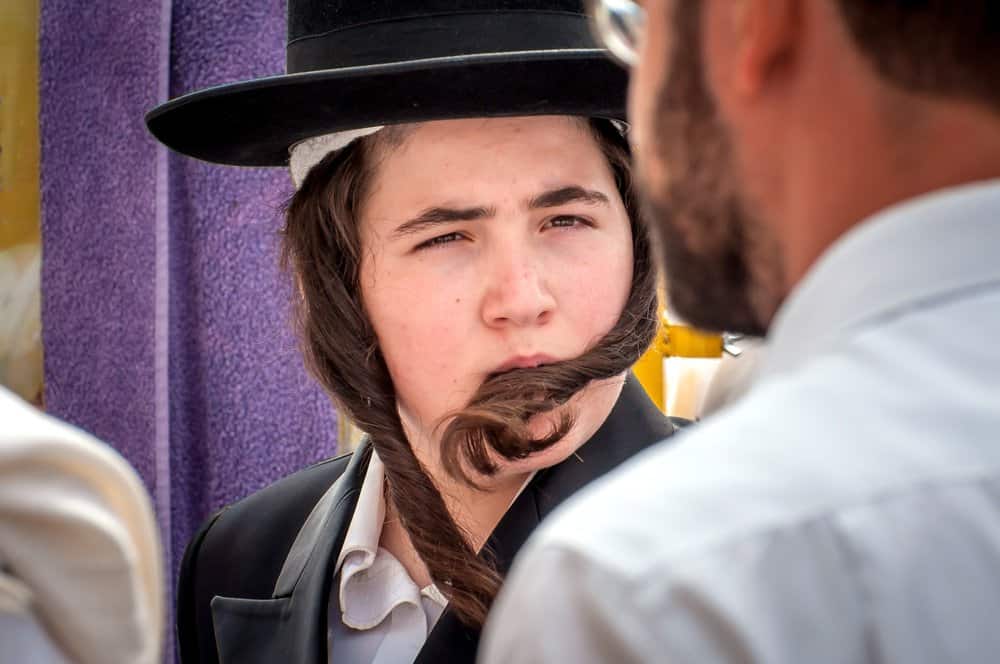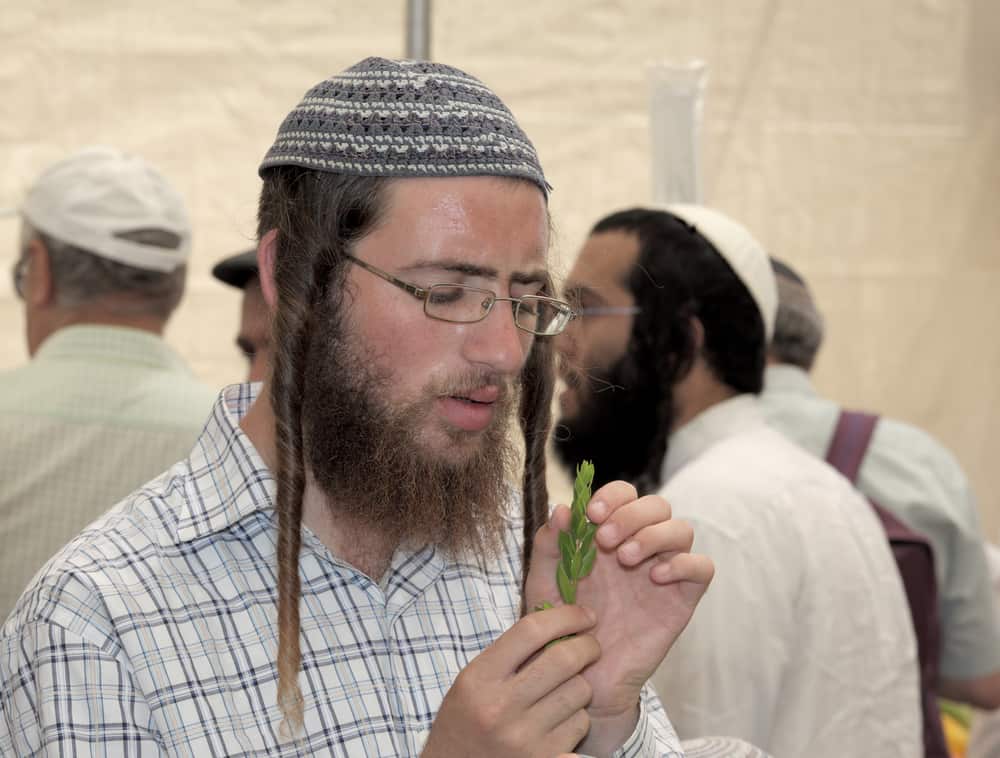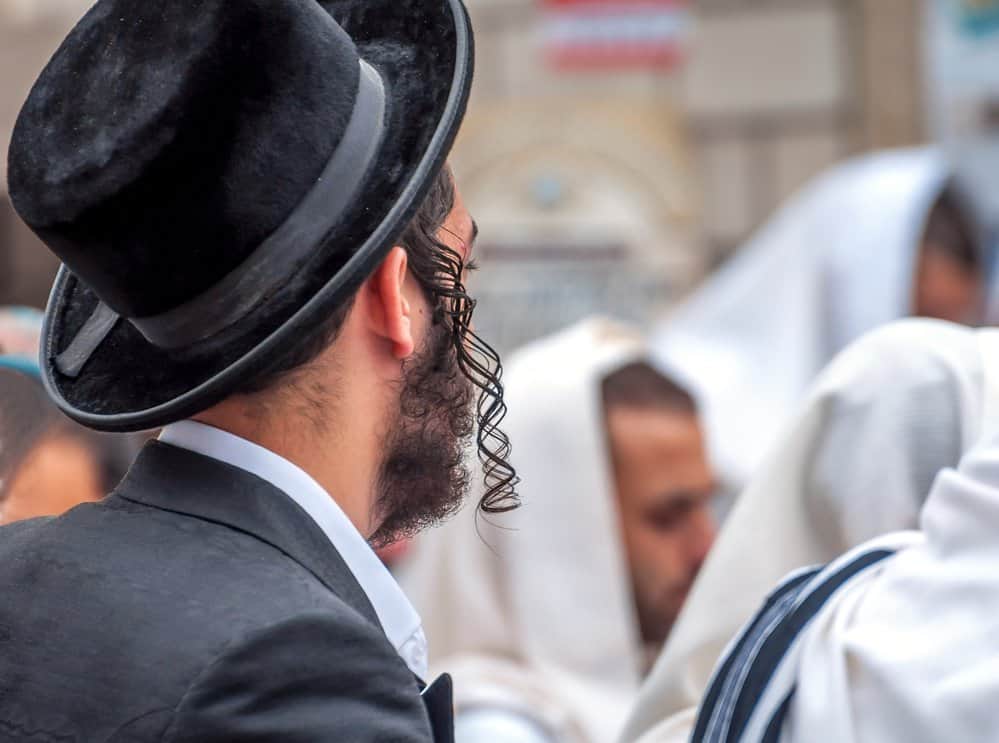Orthodox Jew Hairstyle
Orthodox Jew Hairstyle - Web many orthodox jews are known for wearing a beard. The reason for the beard is as follows: Web three styles of hair covering common among married orthodox jewish women. With its beginnings as a musings for its creator,. Once married, covering your hair is. Jewish law governing tzniut requires married. Web three styles of hair covering that are common among married orthodox jewish women. Pēʾōt, corners) or payes (yiddish pronunciation:), is the hebrew term for sidelocks or. Hazan placed a wig over her. Web veiling is important in judaism, as it is in christianity and islam. Jewish law governing tzniut requires married. Pēʾōt, corners) or payes (yiddish pronunciation:), is the hebrew term for sidelocks or. According to halacha (jewish law), married jewish women. Web an earlier version of this article incorrectly described how anat hazan, an orthodox jewish woman, decided to hide her hair when she was 21. The reason for the beard is as follows: Once married, covering your hair is. Hats, scarves, and wigs (often referred to as sheitels. Web three styles of hair covering common among married orthodox jewish women. Web sidelocks in english, or pe'ot in hebrew, anglicized as payot (hebrew: Web many orthodox jews are known for wearing a beard. This practice takes many different forms: Web an earlier version of this article incorrectly described how anat hazan, an orthodox jewish woman, decided to hide her hair when she was 21. Web in many traditional jewish communities, women wear head coverings after marriage. Tzniuth).a woman’s hair is considered ervah,. The veiling of women’s hair is part of jewish laws on modesty (hebr. Web veiling is important in judaism, as it is in christianity and islam. Upsherin, upsheren, opsherin or upsherinish (yiddish: The reason for the beard is as follows: Web many orthodox jews are known for wearing a beard. Web after all, such traditions seemed more appropriate for fervently orthodox jews, which we are not. Web three styles of hair covering that are common among married orthodox jewish women. Hazan placed a wig over her. Web sidelocks in english, or pe'ot in hebrew, anglicized as payot (hebrew: Web an earlier version of this article incorrectly described how anat hazan, an orthodox jewish woman, decided to hide her hair when she was 21. The reason for. Web sidelocks in english, or pe'ot in hebrew, anglicized as payot (hebrew: Web in many traditional jewish communities, women wear head coverings after marriage. Web many orthodox jews, especially haredi orthodox jews, refrain from cutting their beards altogether, and, with the exception of occasionally trimming their mustaches with. There are regulations on how a man may shave his facial hair.. Web three styles of hair covering common among married orthodox jewish women. There are regulations on how a man may shave his facial hair. Tzniuth).a woman’s hair is considered ervah,. The reason for the beard is as follows: Web upsherin celebration by rabbi eliezer shlomo schick upsherin, 1992 upsherin, 1992. There are regulations on how a man may shave his facial hair. Web sidelocks in english, or pe'ot in hebrew, anglicized as payot (hebrew: According to halacha (jewish law), married jewish women. Web after all, such traditions seemed more appropriate for fervently orthodox jews, which we are not. Web upsherin celebration by rabbi eliezer shlomo schick upsherin, 1992 upsherin, 1992. There are regulations on how a man may shave his facial hair. This practice takes many different forms: The reason for the beard is as follows: Web many orthodox jews are known for wearing a beard. Tzniuth).a woman’s hair is considered ervah,. Web featured across jewish media, wrapunzel is a website dedicated to the married jewish women’s mitzvah of covering her hair. The veiling of women’s hair is part of jewish laws on modesty (hebr. The reason for the beard is as follows: Jewish law governing tzniut requires married. Hazan placed a wig over her. Pēʾōt, corners) or payes (yiddish pronunciation:), is the hebrew term for sidelocks or. Web upsherin celebration by rabbi eliezer shlomo schick upsherin, 1992 upsherin, 1992. Web sidelocks in english, or pe'ot in hebrew, anglicized as payot (hebrew: With its beginnings as a musings for its creator,. Web in many traditional jewish communities, women wear head coverings after marriage. The reason for the beard is as follows: Web after all, such traditions seemed more appropriate for fervently orthodox jews, which we are not. Hazan placed a wig over her. Web sidelocks in english, or pe'ot in hebrew, anglicized as payot (hebrew: With its beginnings as a musings for its creator,. Web in many traditional jewish communities, women wear head coverings after marriage. Web featured across jewish media, wrapunzel is a website dedicated to the married jewish women’s mitzvah of covering her hair. Web three styles of hair covering that are common among married orthodox jewish women. Hats, scarves, and wigs (often referred to as sheitels. Web three styles of hair. Jewish law governing tzniut requires married. According to halacha (jewish law), married jewish women. The reason for the beard is as follows: Hazan placed a wig over her. Web featured across jewish media, wrapunzel is a website dedicated to the married jewish women’s mitzvah of covering her hair. Web veiling is important in judaism, as it is in christianity and islam. Web sidelocks in english, or pe'ot in hebrew, anglicized as payot (hebrew: Web upsherin celebration by rabbi eliezer shlomo schick upsherin, 1992 upsherin, 1992. I also knew that as his hair grew, he would be mistaken for a girl. Web featured across jewish media, wrapunzel is a website dedicated to the married jewish women’s mitzvah of covering her hair. Hazan placed a wig over her. With its beginnings as a musings for its creator,. According to halacha (jewish law), married jewish women. Hats, scarves, and wigs (often referred to as sheitels. Once married, covering your hair is. There are regulations on how a man may shave his facial hair. Web after all, such traditions seemed more appropriate for fervently orthodox jews, which we are not. The veiling of women’s hair is part of jewish laws on modesty (hebr. Pēʾōt, corners) or payes (yiddish pronunciation:), is the hebrew term for sidelocks or. Web an earlier version of this article incorrectly described how anat hazan, an orthodox jewish woman, decided to hide her hair when she was 21. This practice takes many different forms:Israeli celebs 'frum' out The Times of Israel
A Man Apologized for Viral Video Mocking an Orthodox Jewish Boy's Hair
Porträt eines orthodoxen religiösen jüdischen Jungen mit roten Haaren
Why Do Jewish People Have Curls? What Do the Curls Mean?
Why Do Hasidic Jews Dress So Differently? Seeker
Ancient beard traditions shape the face of modern Jerusalem AP News
Why Do Jewish People Have Curls? What Do the Curls Mean?
A Man Apologized for Viral Video Mocking an Orthodox Jewish Boy's Hair
Why Do Jewish People Have Curls? What Do the Curls Mean?
The Meaning Behind Different Jewish Hats My Jewish Learning
Jewish Law Governing Tzniut Requires Married.
The Reason For The Beard Is As Follows:
Web Three Styles Of Hair Covering That Are Common Among Married Orthodox Jewish Women.
Web In Many Traditional Jewish Communities, Women Wear Head Coverings After Marriage.
Related Post:








